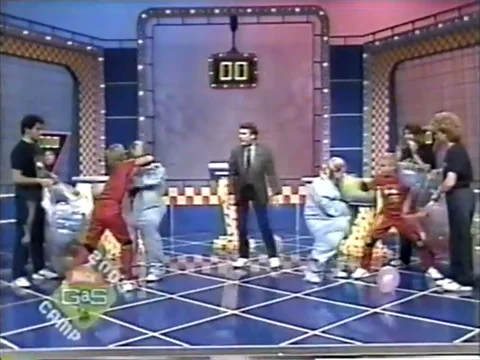I saw Chip Heath speak during his book tour for Decisive: How to Make Better Choices in Life and Work which illustrates how people make decisions, and how to make better ones. Chip is not only a Stanford professor and a great speaker, but he and his brother Dan are the authors of other great books such as Made to Stick: Why Some Ideas Survive and Others Die, and Switch: How to Change Things When Change Is Hard.
They have some very insightful tips in the book and they detail how many poor decisions are the result of 4 "villains." Then they distill how we can overcome these villains with the simple acronym WRAP. The villains are as follows:
- Too narrow of focus. We too often think of binary decisions - should I do this, or that?
- Confirmation bias. We make a quick decision and then seek out information that backs it up.
- Short-term emotions. We are too concerned with how we're going to feel in the short-term.
- Overconfidence. We jump to conclusions, and it is OK to do so, because we're so smart.
Enter WRAP.
W - Widen your options. What is the third option? Is there a good fourth option?
R - Reality-test your assumptions. Actively look for information that goes against your first reaction.
A - Attain distance before deciding. Ask yourself, what would I tell my best friend to do in this situation?
P - Prepare to be wrong. In fact, you should be used to it by now.
So I've been trying my best to apply these heuristics to my everyday decision making and, at times, I am amazed at how just a little introspection into how my brain is making decisions, allows me to truly make better decisions. I find that I am more focused on the long term ramifications, I find evidence contrary to my gut reaction that makes me shift course. And, I go into more situations knowing that I make need to modify because I'm already aware that I could be wrong in the first place.
But when it comes to the kids... this all seems to go out the window.
We try our best to get them to follow all the same decision trees with WRAP. In fact, the simple act of asking them, "Is that a good decision?" elicits a response that is sometimes profound for a toddler. Sometimes, sure, they continue with their actions that they've already themselves deemed to be a bad decision. But sometimes, just having them stop and survey the situation allows them the chance to see the folly around the corner. Just asking them - wow, it is amazing.
Unfortunately in the heat of the Battle Against The Toddlers (BATT, it's real!), I'm the problem. It is my narrow focus and my inability to widen my options why we end up in sub-optimal situations. And it wasn't until a recent conversation with an old friend of mine that I figured out the core issue. It is the result of hundreds of hours spend in my prime formative years watching Nickelodeon and Marc Summers host the wonderful game show... Double Dare.
Now, when pressed in to a corner by one of my cunning, yet devilish little minions, my third option for them nearly always resembles a Physical Challenge. If you are unfamiliar with the Physical Challenge, do yourself a favor and click the link. In our house, it often goes something like this:
Me: "Eat your broccoli"
Child: "No"
Me: "Eat your broccoli, or go to your room"
Child: "No"
Me: "Eat your broccoli, or go to your room, or... do 100 jumping jacks while I pour maple syrup on your head and shoot your with your Nerf gun"
Child: "Whaaaaaaat?"
Me: "You heard me"
Child thinking about it...
Me: "Eat your broccoli."

